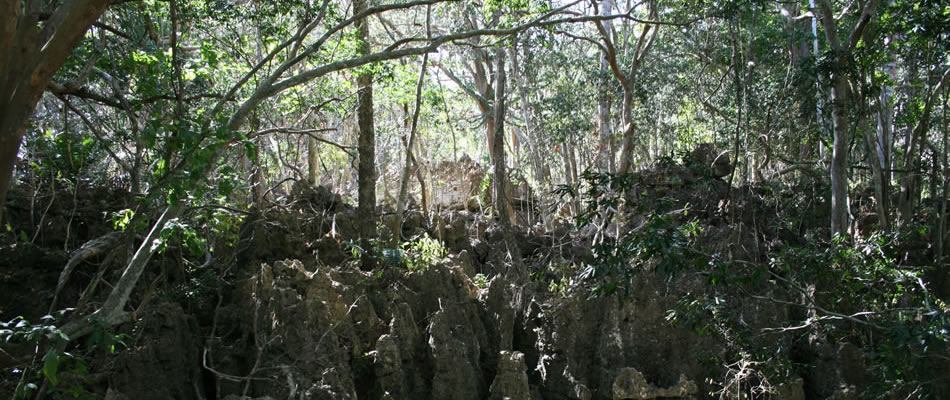Tanzania’s coastal forests play a vital role in the livelihood strategies of millions of people living in Eastern Tanzania. The forests are part of the East African Coastal Forest biodiversity hotspot and have more than 500 endemic plants and 37 endemic vertebrates. The forests are under intense pressure from fire, logging and charcoal production with some districts having lost more than 25% over the last 15 years.

The Coastal Forest EcoregionThe Coastal Forests of Tanzania are a part of the Eastern Africa Coastal Forests Ecoregion according to WWF. This ecoregion extends across six countries from southern Somalia to Mozambique. The ecoregion includes forest patches found on the islands of Unguja, Pemba, and Mafia. The Coastal forests are characterized by a mosaic of vegetation types including evergreen forest, brachystegia woodland, scrub forest and dry forest. Mangrove forests are not considered to be Coastal Forest in this definition. Coastal Forests are distinct from the forests of the Eastern Arc in terms of climate, elevation, and dominant plant species. In Tanzania, there are 66 coastal forest patches covering an area of 700 sq. km. While the highest levels of biodiversity are found in the closed canopy forest, this only makes up about 1% of the total area of the Coastal Forest Mosaic. Notwithstanding the small area covered by these forests, they retain high numbers of endemic plant and animal species: 554 plant, five bird, three mammal , 24 reptile, five amphibian, 86 mollusc and 75 butterfly. |
A vital resource for rural communitiesMost people living in rural communities along the coast depend on the coastal forest mosaic for medicinal plants, fuelwood, building materials and food. The forests also help to maintain a regular water supply for towns and villages. Despite their importance—both in terms of biodiversity and use—the Coastal Forests are being degraded rapidly. The main threats to Tanzania’s Coastal Forests include: clearance for agriculture, logging, charcoal production and fire. TFCG’s work in the Coastal ForestsSince 2000, TFCG has been implementing participatory forest management, awareness raising community development and advocacy actions in Dar es Salaam, Coast and Lindi regions. TFCG has two projects operating in the coastal forests:• Conservation of Ruvu South For more information about the coastal forests please visit the TFCG coastal forest website: coastalforests.tfcg.org |
